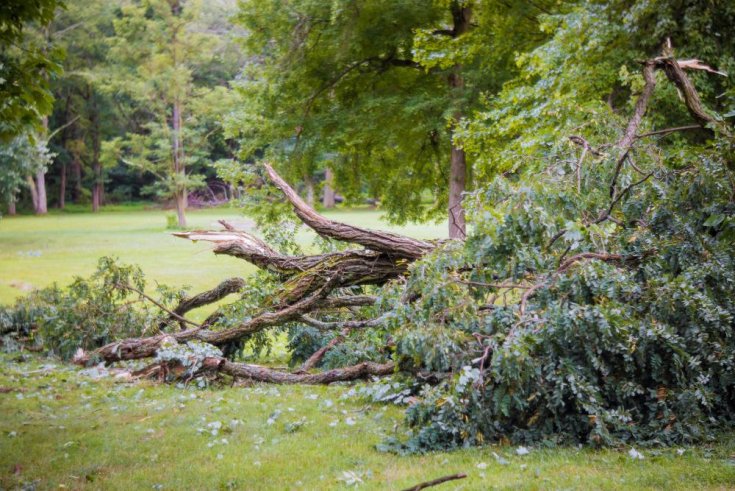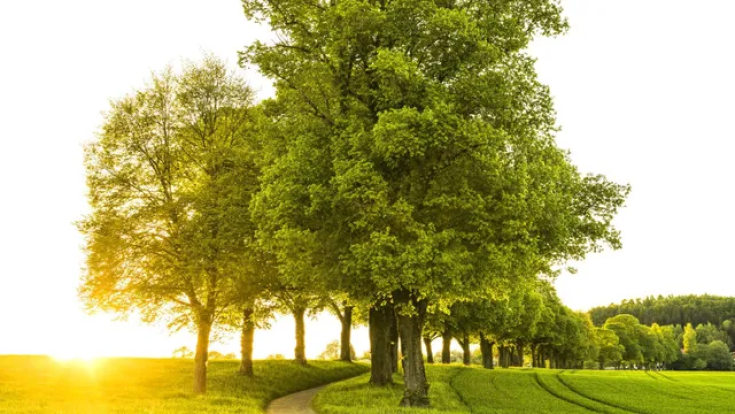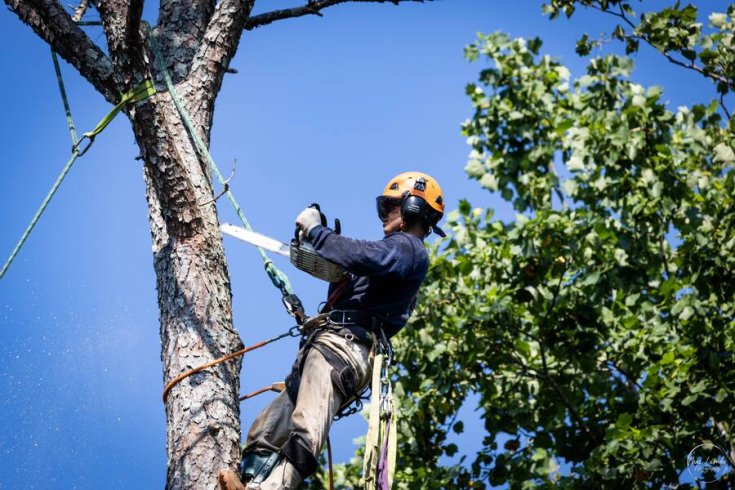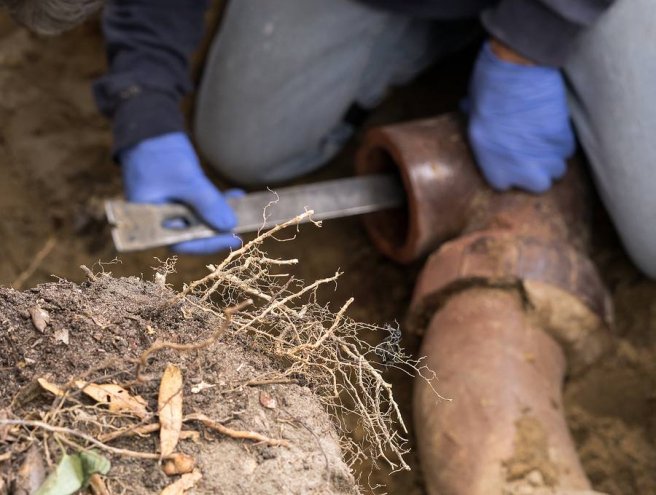Menu
As the temperature increases, many people seek refuge indoors. However, shade trees can protect you from the heat and sun, allowing you to undertake various outdoor tasks. Whether you want to grow birch or maple trees, Driscoll Tree Service can help you get the most out of your investment. As a reputable tree care company, we understand the benefits of shade trees and provide tailored solutions to enhance the comfort of your home. Let’s delve into the advantages these trees provide to help you make an informed decision.

When temperatures increase, the last thing you want is to experience the same heat indoors. While running your AC throughout the hot season can cool your living and working spaces, you risk higher utility costs. Arborists in Auburn, GA can strategically plant shade trees on your premises to block the sun, cooling your home without overwhelming the HVAC system or racking up the bill. Also, growing shade trees allows you to enjoy your outdoor spaces in the summer.
Shade trees purify the air through photosynthesis, as they absorb carbon dioxide and release oxygen. In addition, they filter pollutants such as nitrogen oxides and particulate matter, making urban areas healthier places to live. If you want to minimize the effects of urban heat, consult a tree care company to grow trees that block the sunlight from heating surfaces.
In addition, shade trees are critical in conserving water and preventing soil erosion. Their roots stabilize the ground, reducing runoff during heavy rains, while their canopy slows water evaporation from lawns and gardens. These factors contribute to healthier ecosystems and more sustainable environments.

Research shows that having shade trees enhances mental and physical health. Being surrounded by greenery reduces stress, lowers blood pressure, and improves mood. If you live in areas with abundant trees, you are less likely to have depression and anxiety.
Also, shade trees protect us from harmful ultraviolet (UV) rays, reducing the risk of skin cancer. They also provide cool, shaded spaces for outdoor activities, encouraging exercise and fostering community interactions. Tree service experts can ensure your yard is lined with shade trees, transforming it into a gathering spot that promotes social well-being.
Shade trees are home to countless species of birds, insects, and other wildlife. When you hire tree service providers to plant shade trees, they create natural habitats that support biodiversity. Birds use these trees for nesting, while pollinators like bees and butterflies benefit from the flowers and nectar they provide. In urban areas, where natural habitats are scarce, shade trees provide refuge for wildlife, contributing to a more balance local ecosystem.
As the climate changes, shade trees become increasingly vital. They help mitigate the effects of extreme weather, such as heatwaves and heavy storms. However, routine care is vital to maintain healthy greenery and avoid unplanned tree removal emergencies. Since shade trees combat global warming by absorbing carbon, they are vital in combating climate change. Their cooling effects and ability to manage stormwater make your home and neighborhood more resilient to climate changes.
Shade trees are aesthetic additions that provide many benefits. Whether planted in backyards, along streets, or in public parks, these trees contribute significantly to the well-being of individuals and communities. Contact us at the Driscoll Tree Service and schedule a consultation with our arborists to make the most of your shade trees. We provide comprehensive services, including fertilization, pruning, trimming, and tree removal, at competitive rates.

Who is Responsible for a Fallen Tree? Healthy and well-cared-for trees can be a valuable asset to your property, enhancing its beauty and value. However, the natural world can sometimes be unpredictable, and when a tree or large branch falls,…
Read More
Essential Tree Care Tips for Every Season Trees require regular care and maintenance to thrive. However, different seasons call for specific care to prevent irreversible damage and premature tree removal emergencies. With that in mind, hiring a professional tree care…
Read More
When most people hear the word pruning, they probably think of someone snipping away at tree branches with big clippers. While that’s technically true, tree pruning is way more complex - and interesting - than just cutting random limbs. Pruning…
Read More
Customers have every right to wonder what a job will cost them, but this involves more than a direct question. Just calling in to ask the price of a tree removal, for instance, is not going to make anyone happy.…
Read More
Reasons for Early or Dull Fall Color Autumn is celebrated for its breathtaking foliage transformation, as lush green leaves gradually change to vibrant reds, oranges, yellows, and browns. However, not all falls are equal, and some are more memorable than…
Read More
The Best Time of Year to Trim Your Trees (And Why It Matters) Trees are more than just scenery that beautify Metro Atlanta's landscape; they’re vital parts of our yards and provide shade, beauty, and environmental benefits. If you want…
Read More
4 Tree Pests to Look Out for this Fall As the leaves change color and a crisp breeze fills the air, fall shifts the natural world. However, not just the season’s beauty capture our attention. With the changing weather, certain…
Read More
Common Mistakes to Avoid When Trimming Trees and Bushes Trees and bushes are more than just “greenery” - they’re living features that shape the personality, health, and curb appeal of your lot. Regular trimming keeps them healthy, well-shaped, and safe.…
Read More
Tips to Avoid a Tree Service Scam Tree care and maintenance are essential parts of responsible homeownership, but finding a reputable tree service provider can be a daunting task. With all the companies out there, it is easy for unsuspecting…
Read More
How Tree Roots Damaging Your Pipes Trees are attractive elements in your garden that provide shade and enhance the beauty of your space. However, the giant trees can cause problems to your property’s foundation and plumbing system. These roots are…
Read More